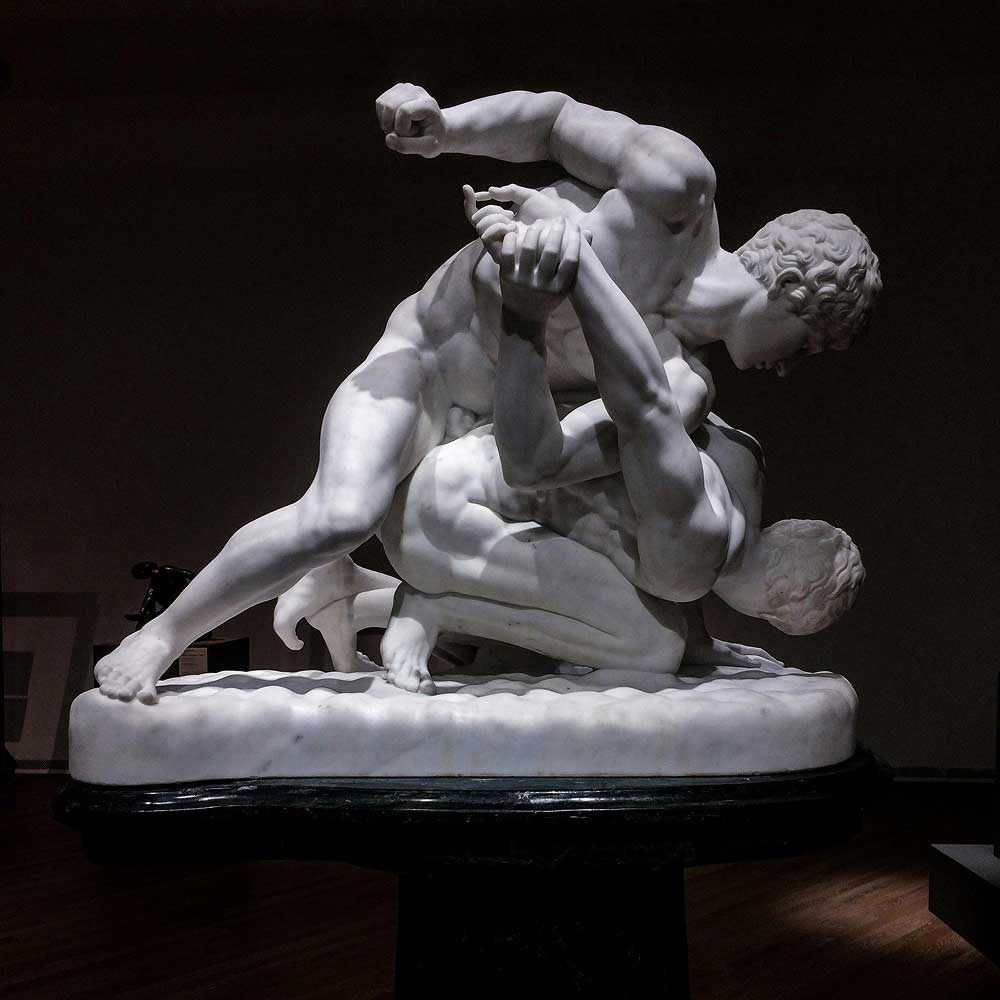
Martial Arts : History of Combat Sports
Combat Sports: From Ancient Rituals to the Pinnacle of Human Performance
Combat sports are much more than contests of strength and skill; they are living histories, cultural expressions, and testaments to human endurance, strategy, and spirit. Their evolution mirrors humanity’s development—from primal survival to global spectacle.
Ancient Origins: The Dawn of Combat as Ritual and Skill
Long before the glare of stadium lights, combat sports were deeply intertwined with survival and spiritual life:
- Mesopotamia & Egypt: Wrestling scenes dating as far back as 3000 BCE appear in ancient carvings and tomb art. These displays weren’t mere pastimes—they embodied honor, societal roles, and physical preparation for conflict.
- Greece: The Olympic Games of antiquity formalized combat sports with wrestling (pale), boxing (pygmachia), and the legendary pankration. Introduced in 648 BCE, pankration combined striking and grappling with few restrictions—a brutal precursor to modern MMA that pushed human limits.
- India: Kalaripayattu emerged around the 3rd century BCE in Kerala, blending combat with healing and spiritual training. Known for its fluid strikes, weaponry, and graceful movements, it stands as one of the oldest holistic martial systems.
Medieval and Renaissance Periods: Combat Sports as Chivalry and Ceremony
As societies transformed, so did combat sports, becoming intertwined with honor codes and spectacle:
- Europe: Jousting tournaments and swordplay not only trained knights for war but became public celebrations of valor, skill, and nobility, governed by chivalric ethics.
- Asia: In China, Shuai Jiao wrestling was both martial training and festive performance, emphasizing throws and balance. This period also saw martial arts integrated into military systems and cultural rituals.
Modern Era: Rules, Recognition, and Revolution
The 19th and 20th centuries formalized combat sports into globally recognized disciplines:
- Boxing: The introduction of the Marquess of Queensberry Rules in 1867 revolutionized boxing, creating a safer, more spectator-friendly sport with gloves, timed rounds, and weight classes.
- Japanese Martial Arts: Jigoro Kano’s Judo (1882) systematized throwing and submission techniques, emphasizing mutual welfare and personal growth. Meanwhile, Karate evolved through Okinawan-Chinese exchanges, focusing on striking precision and defensive tactics.
- Brazilian Jiu-Jitsu: Innovated by the Gracie family in the early 1900s, BJJ emphasized ground fighting and leverage over brute strength, forever changing the martial arts landscape.
Contemporary Landscape: The Rise of Mixed Martial Arts (MMA) and Technology
The late 20th century saw the birth of MMA, blending styles for practical combat efficiency:
- UFC and Global Boom: Since its inception in 1993, UFC propelled MMA from underground contests to mainstream sport, showcasing fighters who mastered striking, wrestling, and submissions under unified rules.
- Cutting-Edge Training: Today’s athletes utilize biomechanics, motion capture, VR simulations, and data analytics to refine techniques and maximize performance while prioritizing safety.
- Accessibility: Online tutorials, virtual coaching, and global networks make combat sports more accessible than ever, democratizing training and knowledge.
Cultural Impact and the Road Ahead
Combat sports have evolved into powerful cultural phenomena:
- Media Influence: Movies, series, and video games capture the drama and philosophy of combat, inspiring millions worldwide.
- Health & Wellness: Beyond competition, martial arts support fitness, mental resilience, and community engagement.
- Inclusivity: The growing participation of women and diverse ethnic groups enriches the global combat sports family, fostering unity through shared discipline and respect.
Frequently Asked Questions (FAQs)
Q1: How did pankration influence modern MMA?
A: Pankration’s minimal rules and combination of striking and grappling directly inspired MMA’s ethos of versatility and real combat effectiveness.
Q2: What makes Brazilian Jiu-Jitsu unique?
A: BJJ emphasizes ground fighting and submissions, allowing smaller practitioners to control larger opponents through leverage and technique.
Q3: How do modern technologies impact combat sports training?
A: Technologies like motion capture and VR enhance precision, strategy, and injury prevention, enabling tailored training programs.
Q4: Can combat sports be practiced safely by amateurs?
A: Yes, with proper coaching, protective gear, and rules, beginners can train effectively while minimizing injury risk.
Q5: What cultural values do combat sports promote?
A: Discipline, respect, resilience, humility, and honor are core values that transcend physical training.
And Something Different: The Science of Combat
Did you know? Modern research in neuroscience and physiology shows that combat sports uniquely enhance cognitive functions such as reaction time, decision-making, and emotional regulation. The intense mental and physical demands train the brain to process threats and challenges rapidly—skills valuable well beyond the ring or cage.
About Paragon Elite Fight
At Paragon Elite Fight, we don’t just observe history—we make it. Rooted in the spirit of ancient Hellas and forged through the legacy of Pankration, our Research and Development Team combines deep historical insight with cutting-edge science. We exist to elevate fighters, trainers, and enthusiasts who refuse to settle for less than excellence.
We are warriors, scholars, and innovators—creating tools, knowledge, and communities for those who train harder, think deeper, and never stop fighting.
Explore the future of combat performance at www.paragonelitefight.com.
